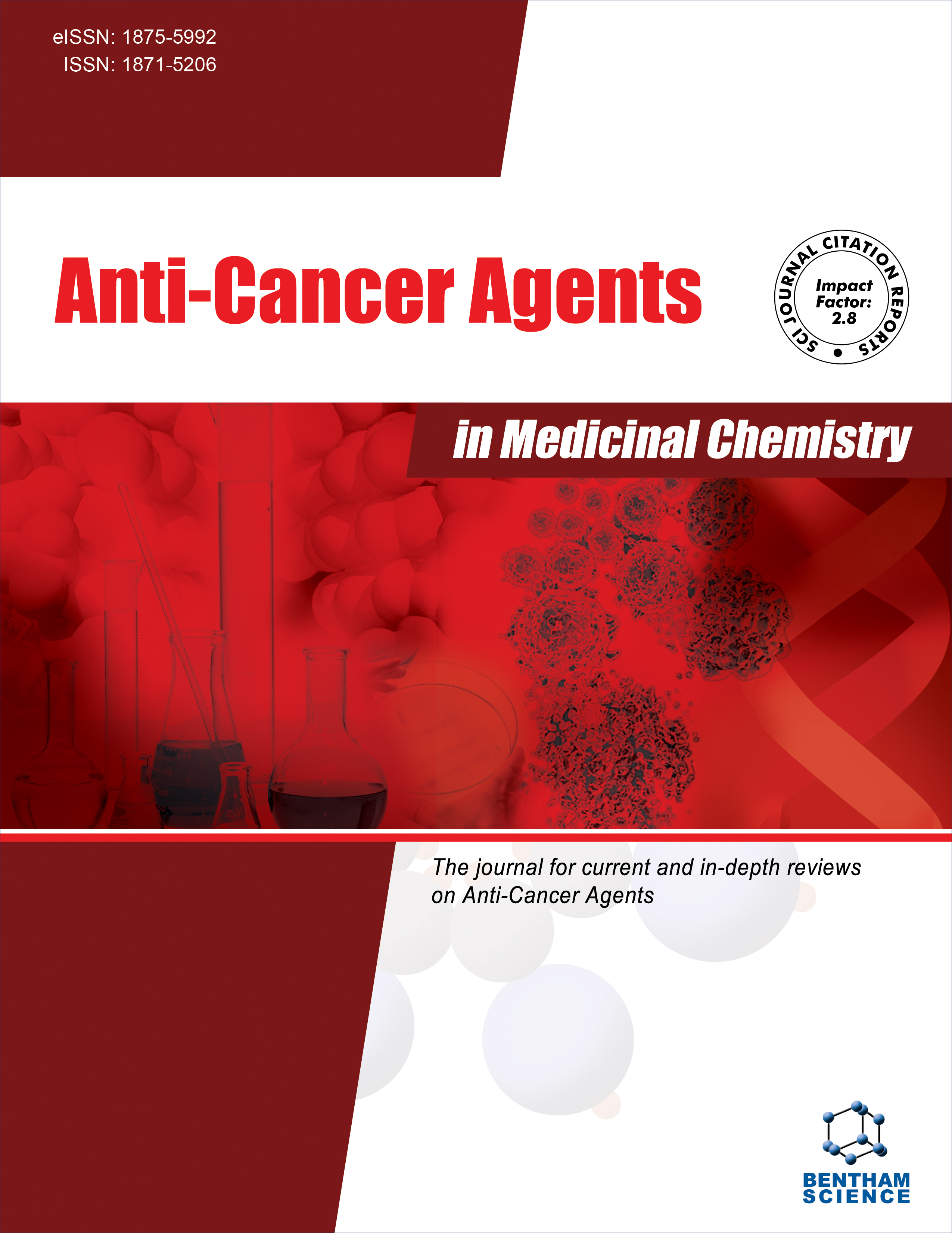
Full text loading...
We use cookies to track usage and preferences.I Understand
The efficacy of chemotherapy continues to be limited due to associated toxicity and chemoresistance. Thus, synthesizing and investigating novel agents for cancer treatment that could potentially eliminate such limitations is imperative.
The current study aims to explore the anticancer potency of cryptolepine (CPE) analog on Ehrlich ascites carcinoma cells (EACs) in mice.
The effect of a CPE analog on EAC cell viability and ascites volume, as well as malonaldehyde, total antioxidant capacity, and catalase, were estimated. The concentration of caspase-8 and mTOR in EACs was also measured, and the expression levels of PTEN and Akt were determined.
Results revealed that CPE analog exerts a cytotoxic effect on EAC cell viability and reduces the ascites volume. Moreover, this analog induces oxidative stress in EACs by increasing the level of malonaldehyde and decreasing the level of total antioxidant capacity and catalase activity. It also induces apoptosis by elevating the concentration of caspase-8 in EACs. Furthermore, it decreases the concentration of mTOR in EACs. Moreover, it upregulates the expression of PTEN and downregulates the expression of Akt in EACs.
Our findings showed the anticancer activity of CPE analog against EACs in mice mediated by regulation of the PTEN/Akt/mTOR signaling pathway.

Article metrics loading...

Full text loading...
References


Data & Media loading...
Supplements

